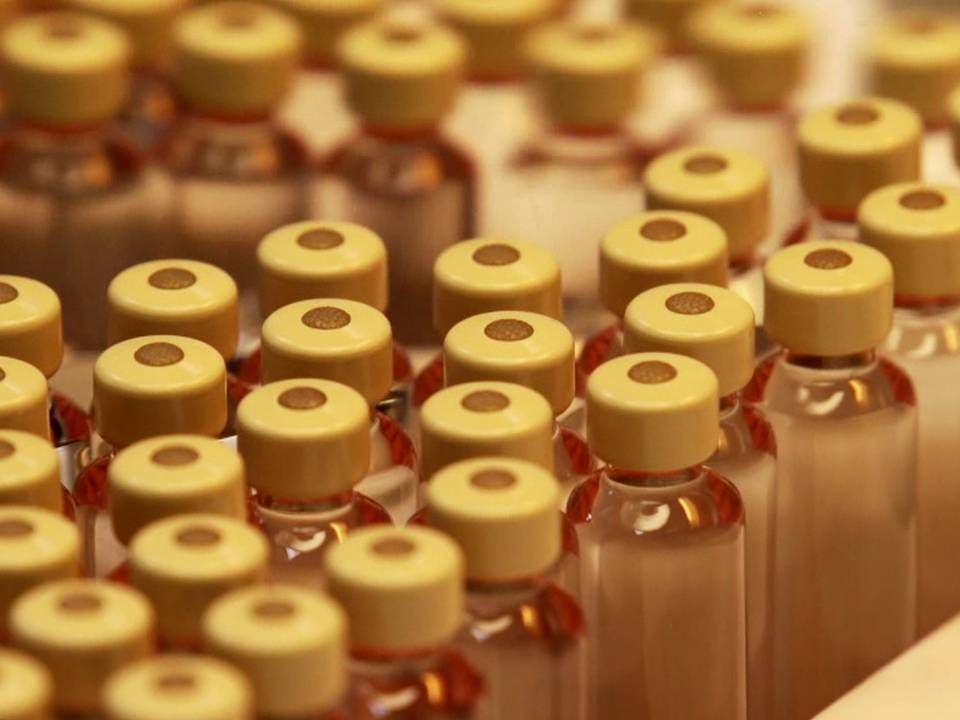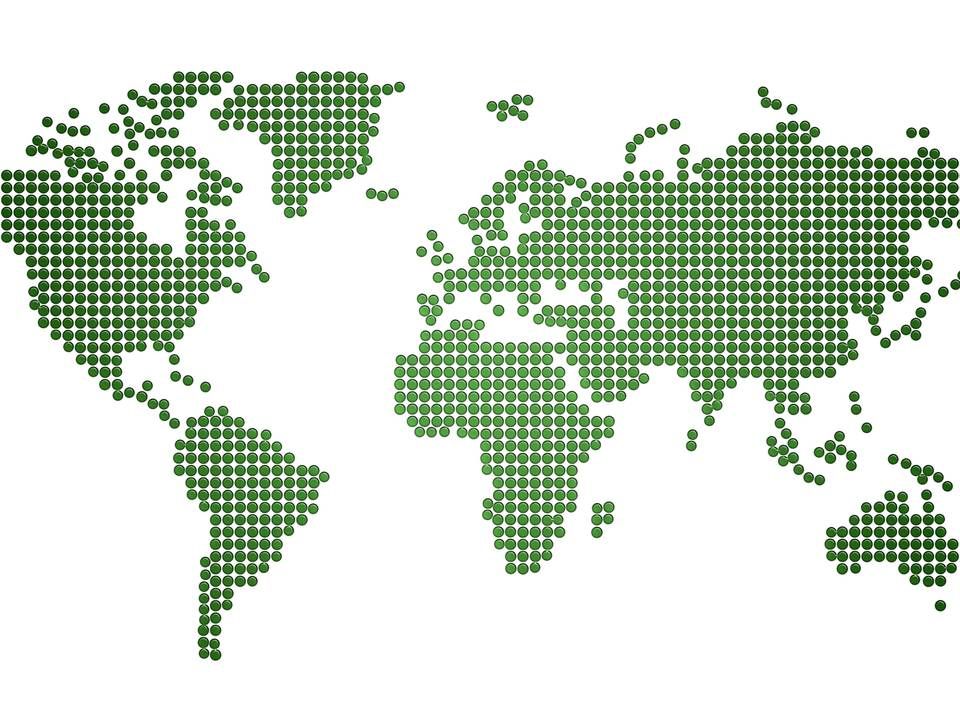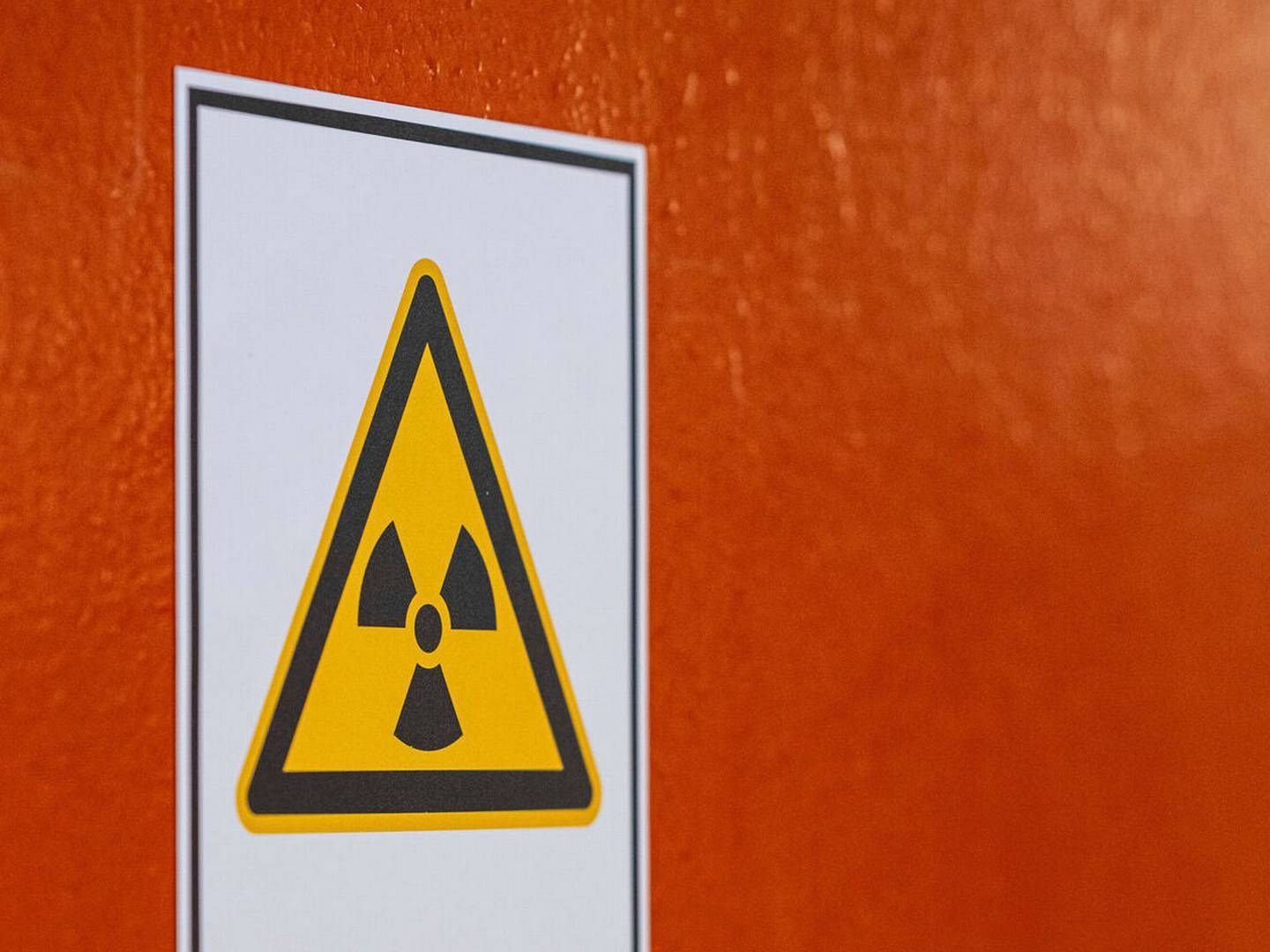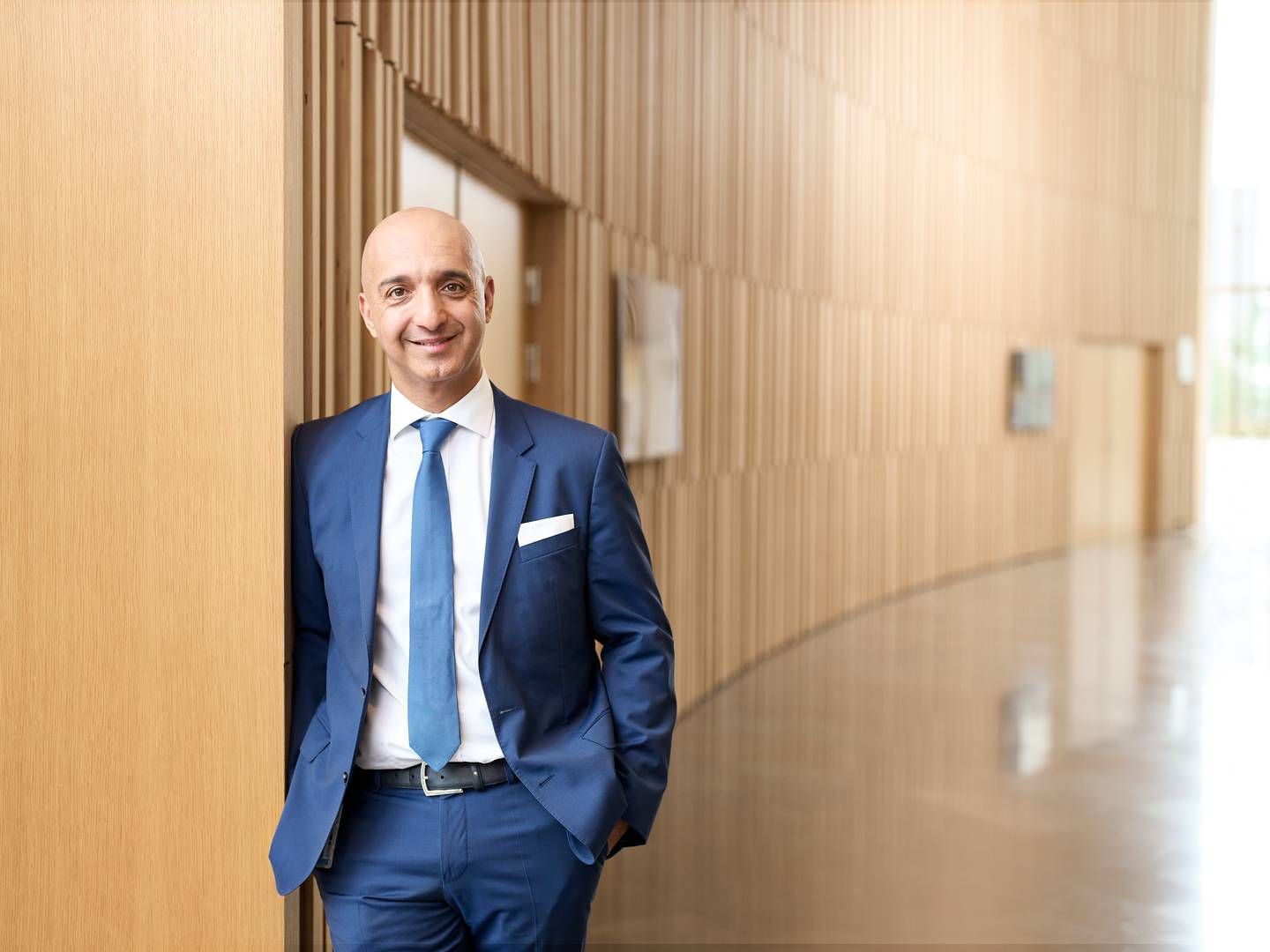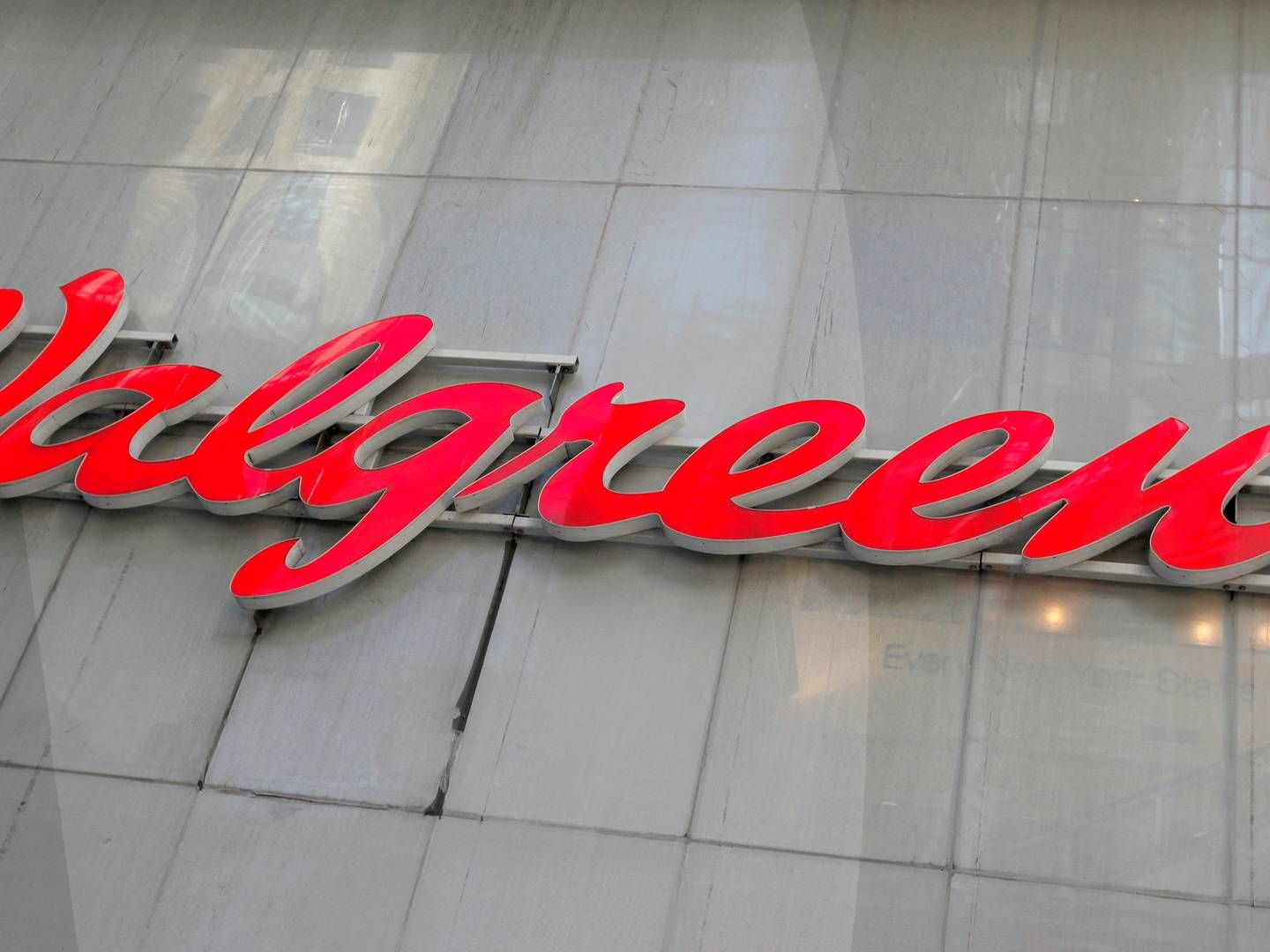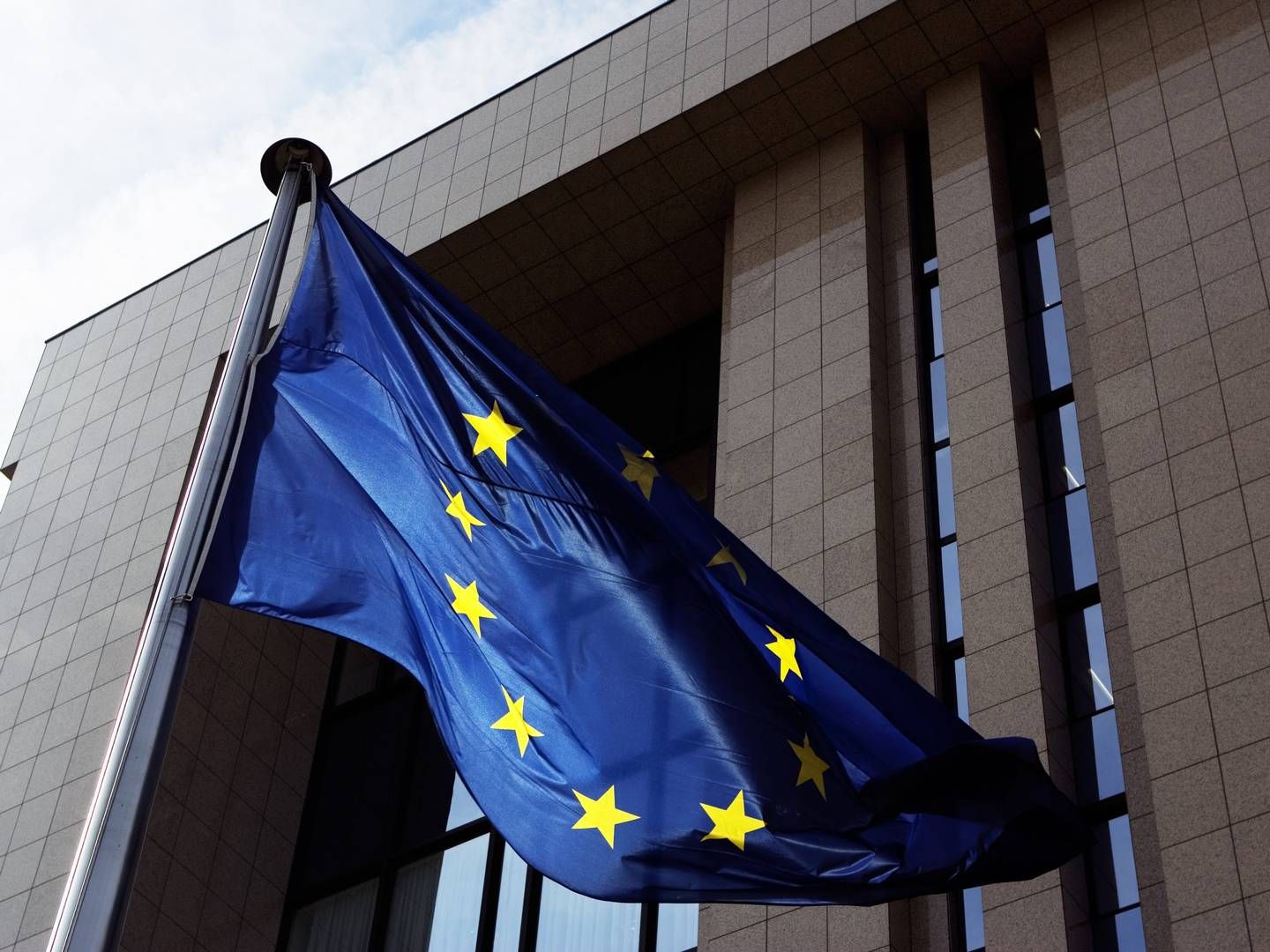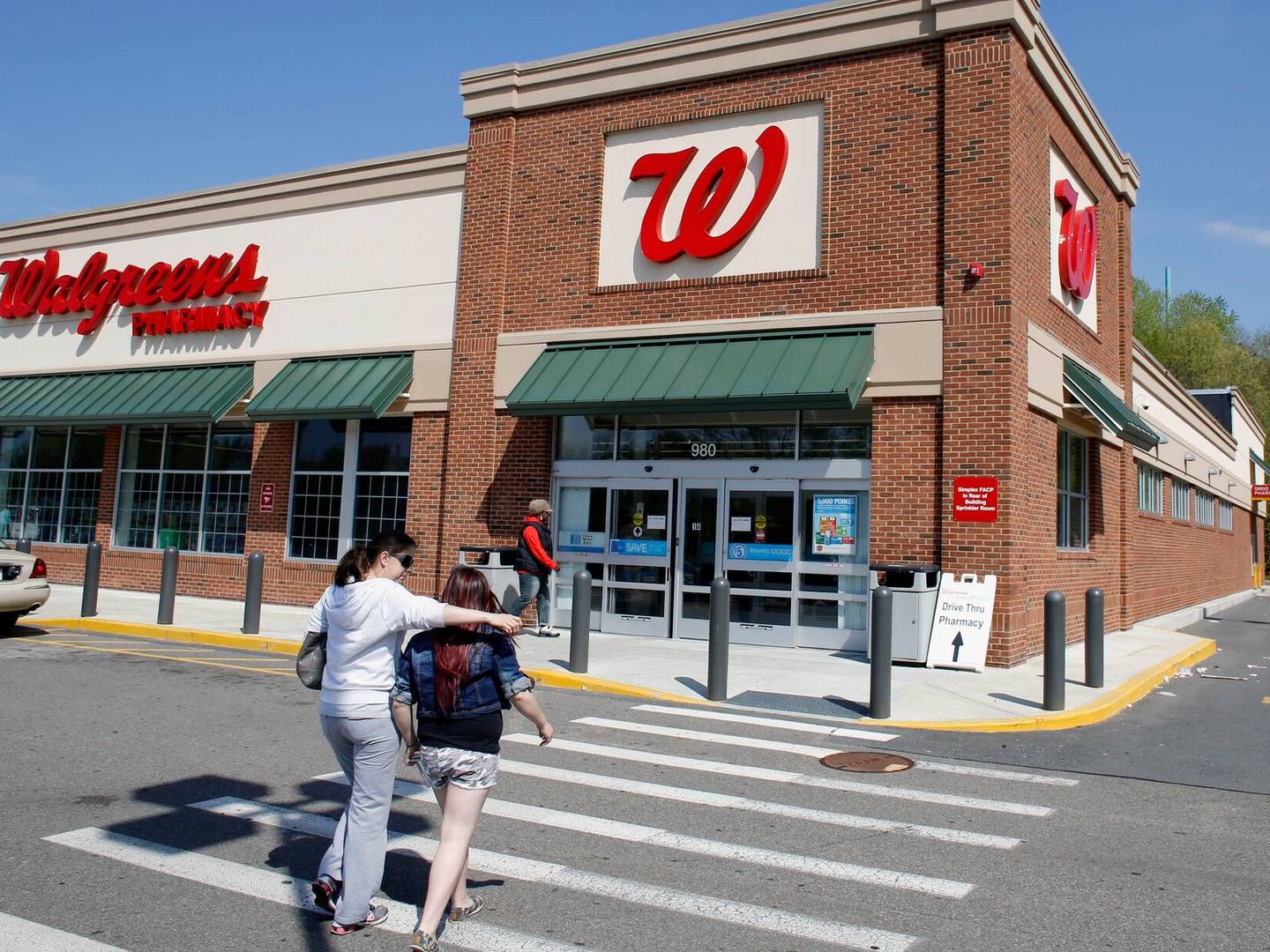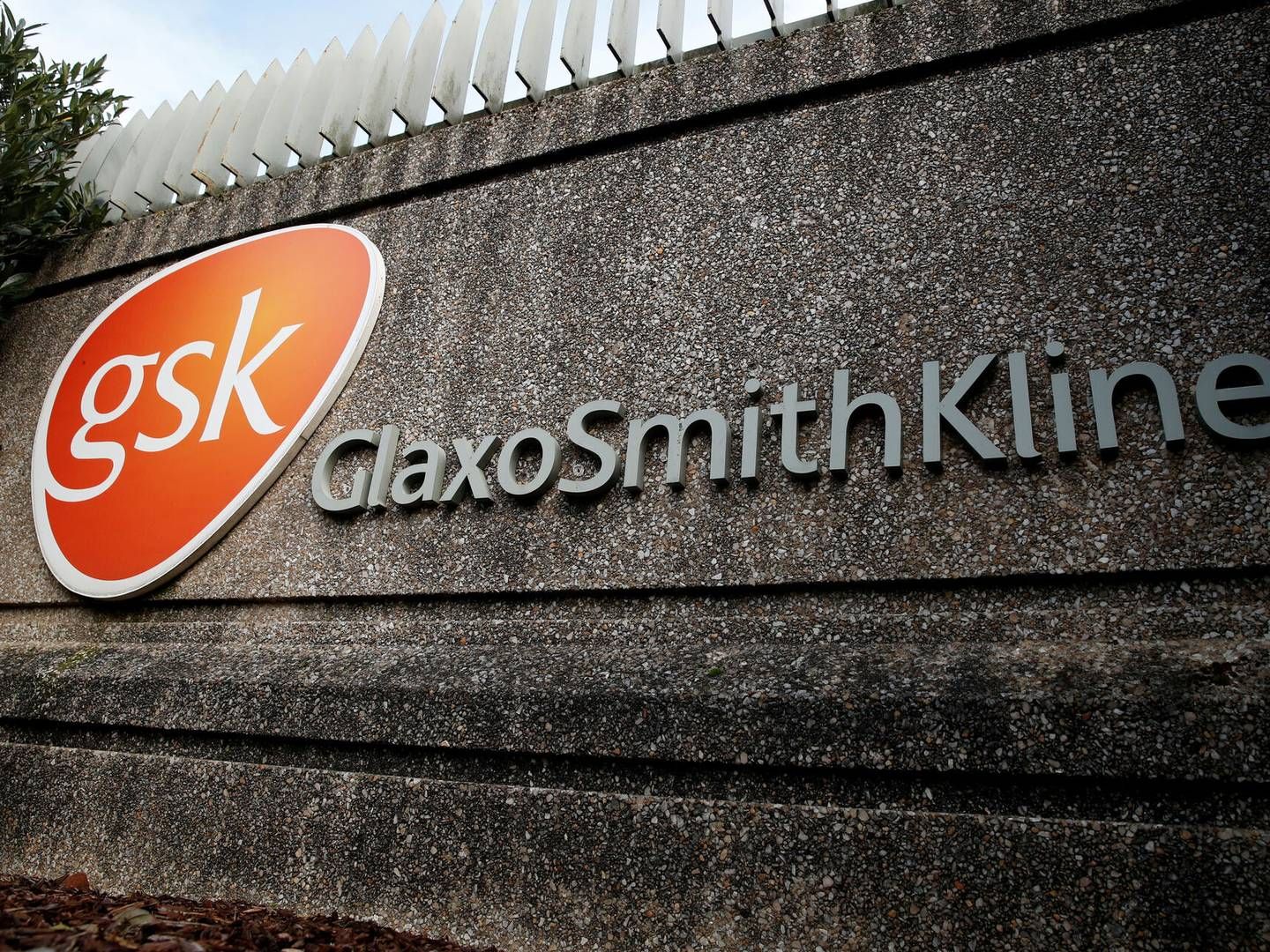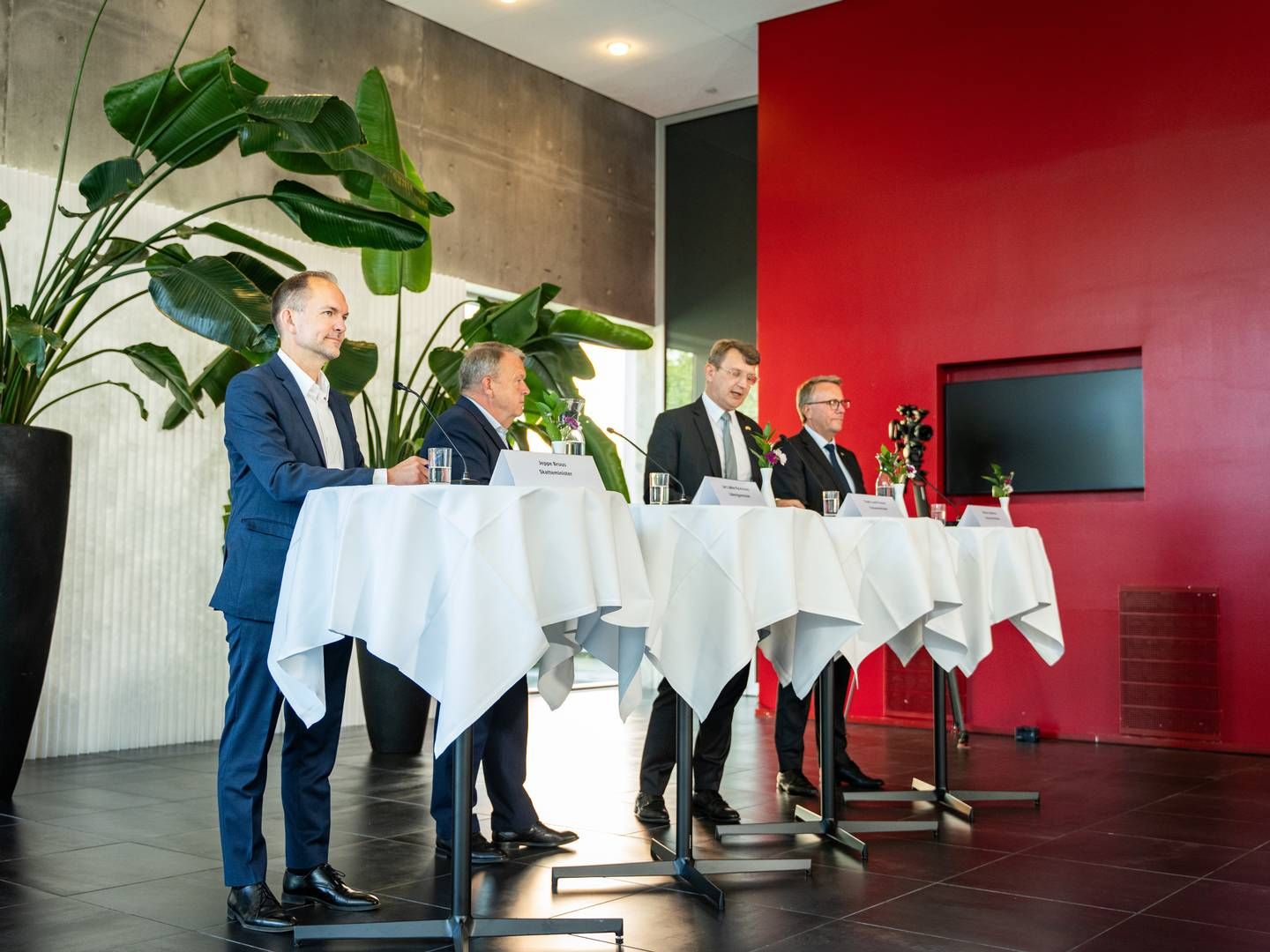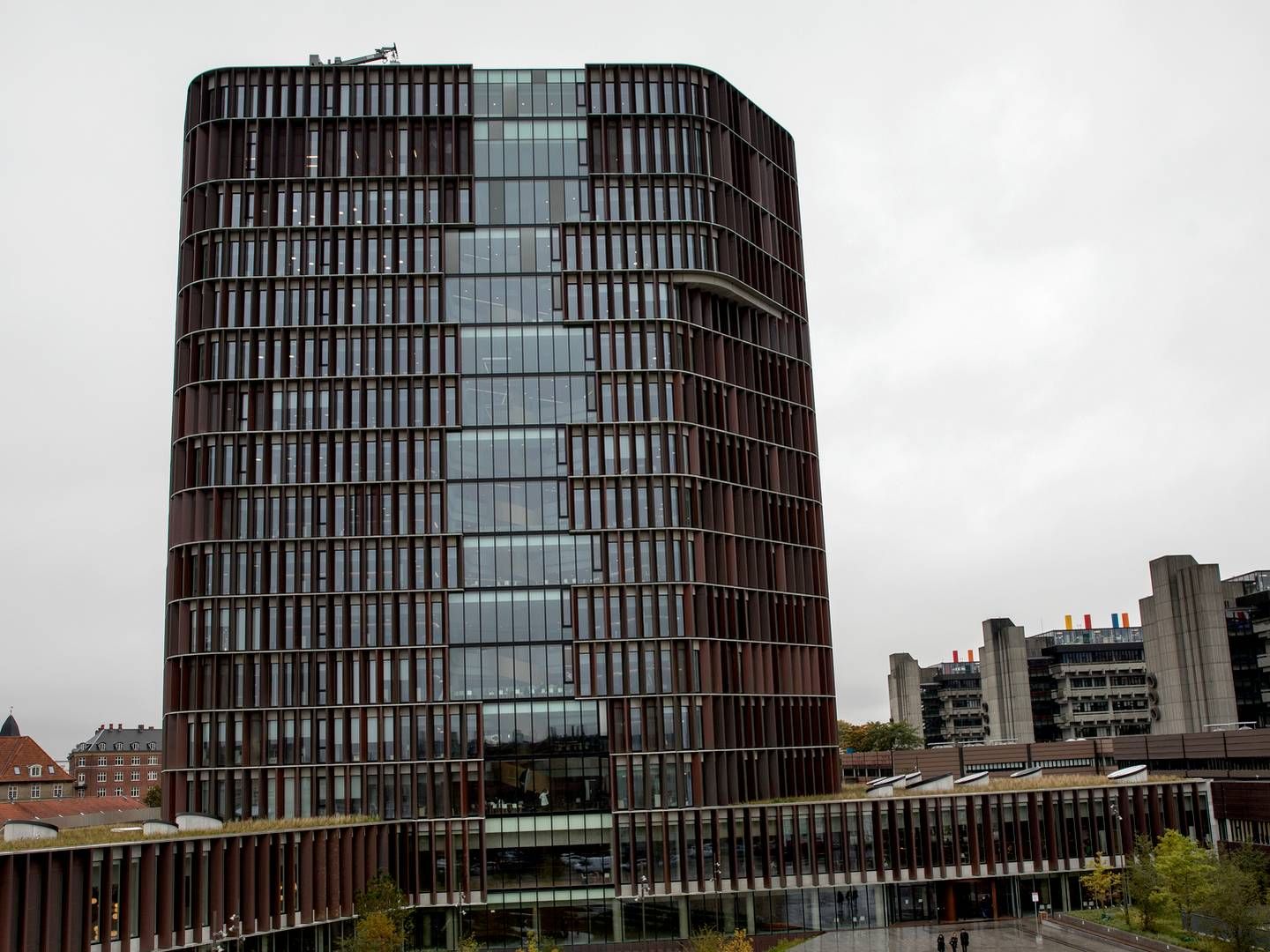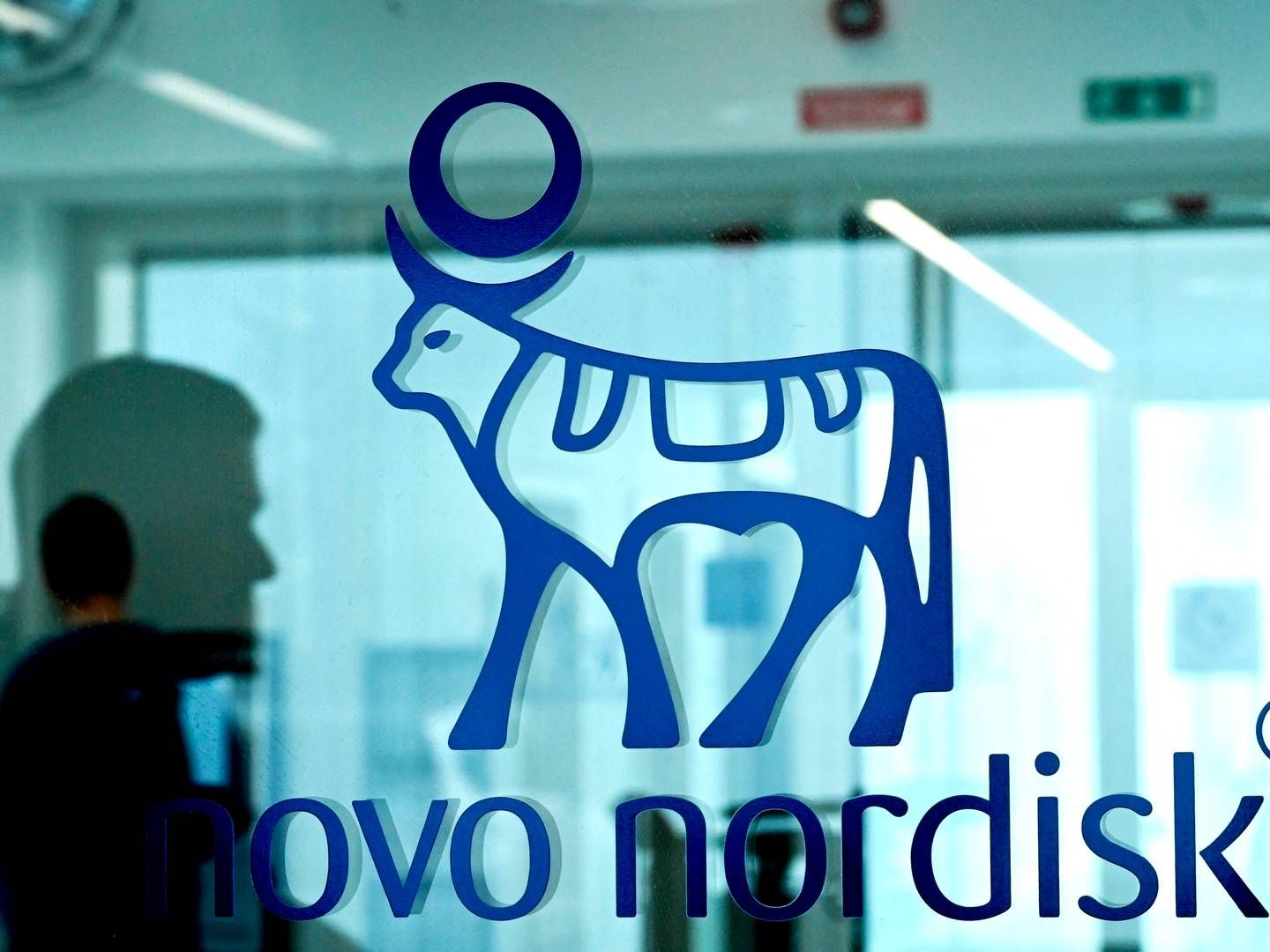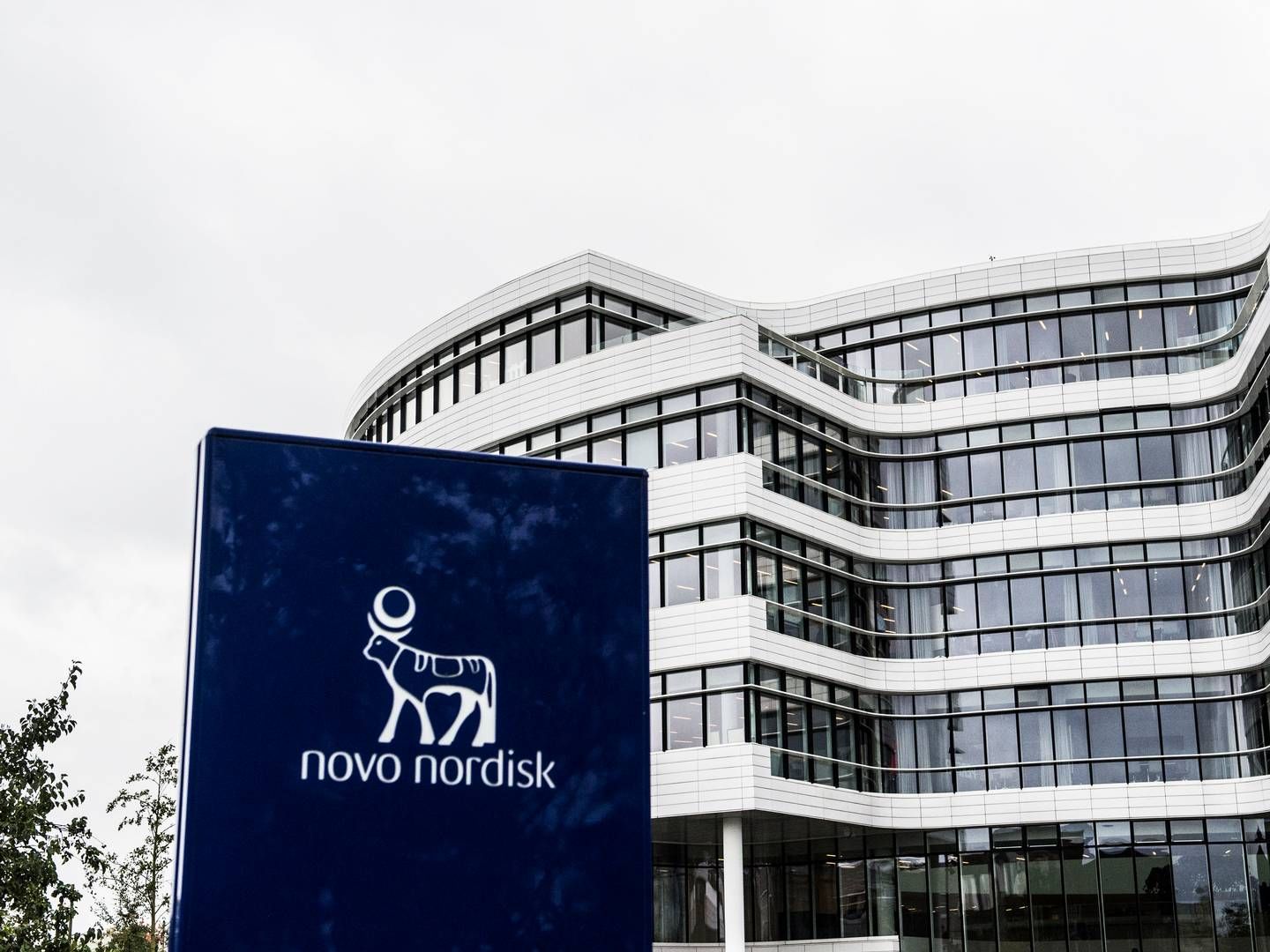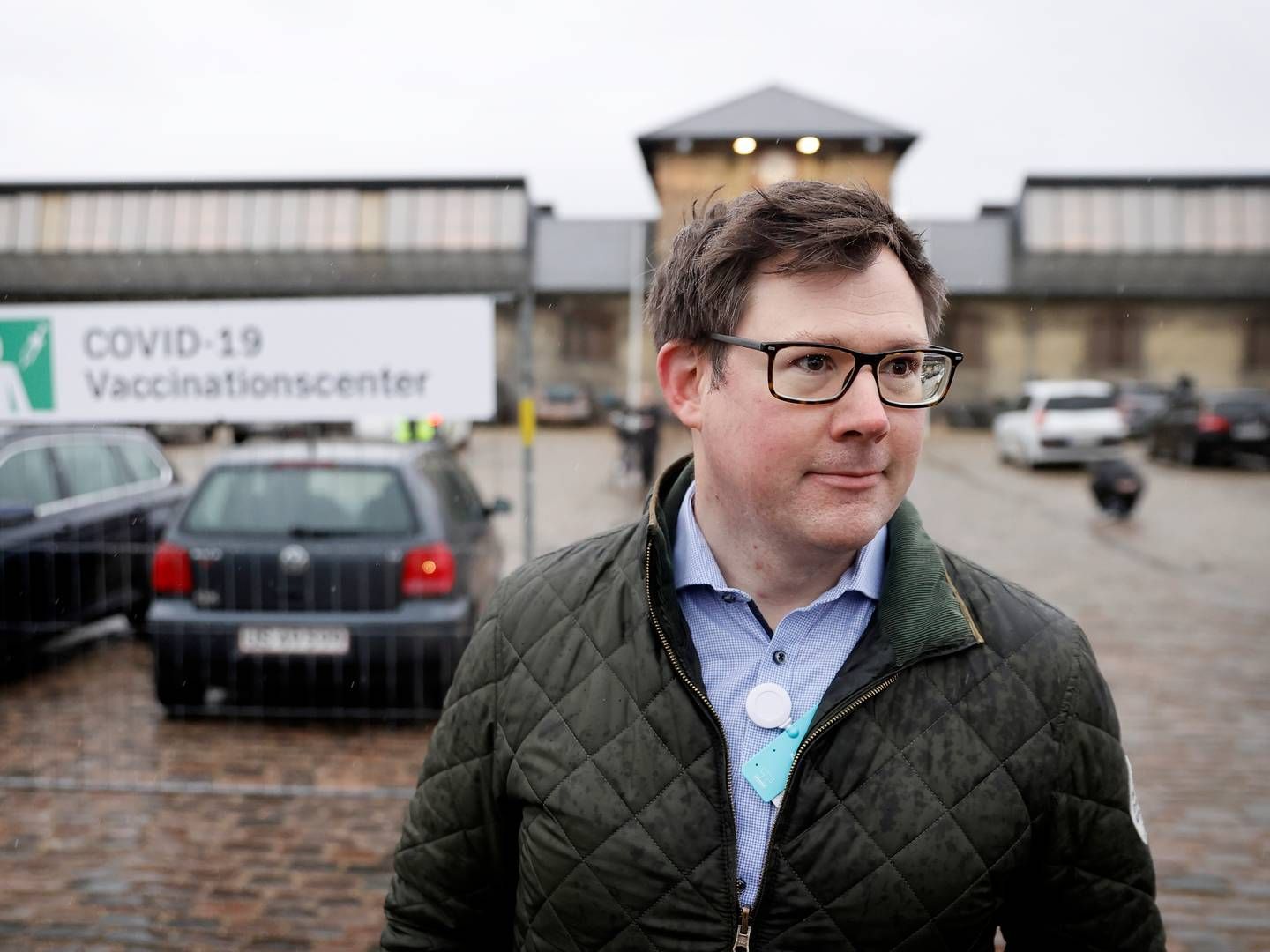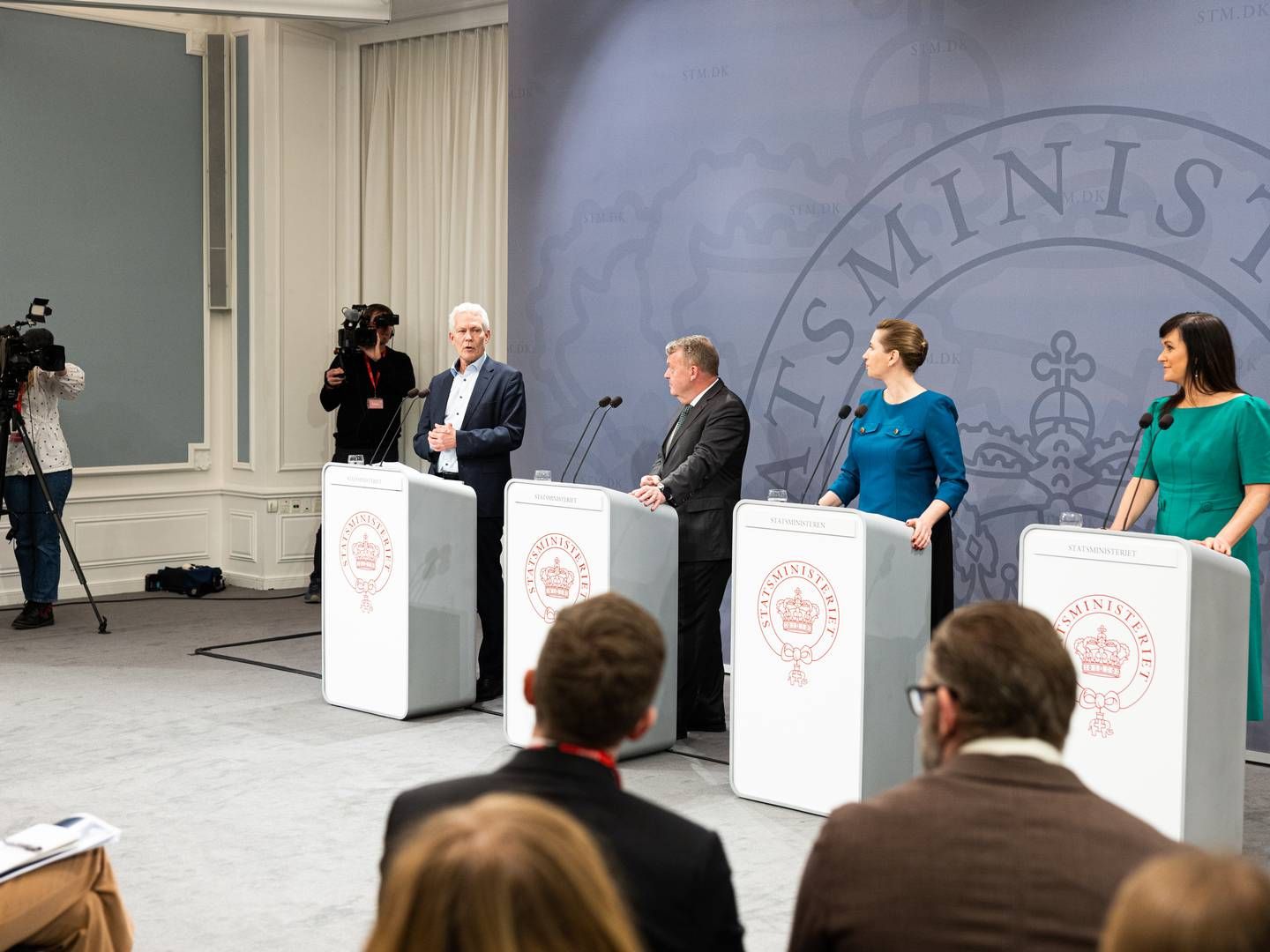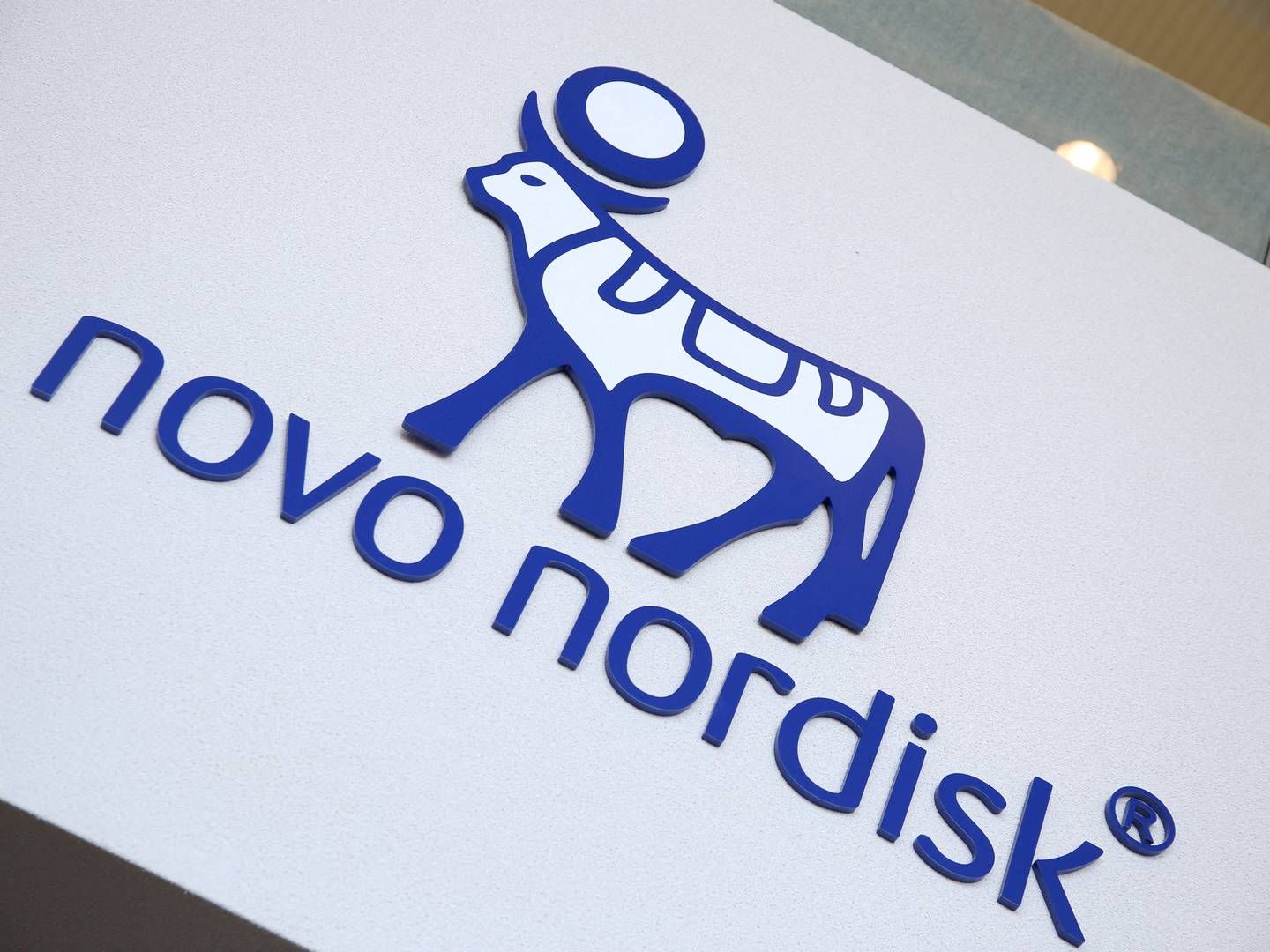Novo will not adopt Lilly’s Indian pricing scheme
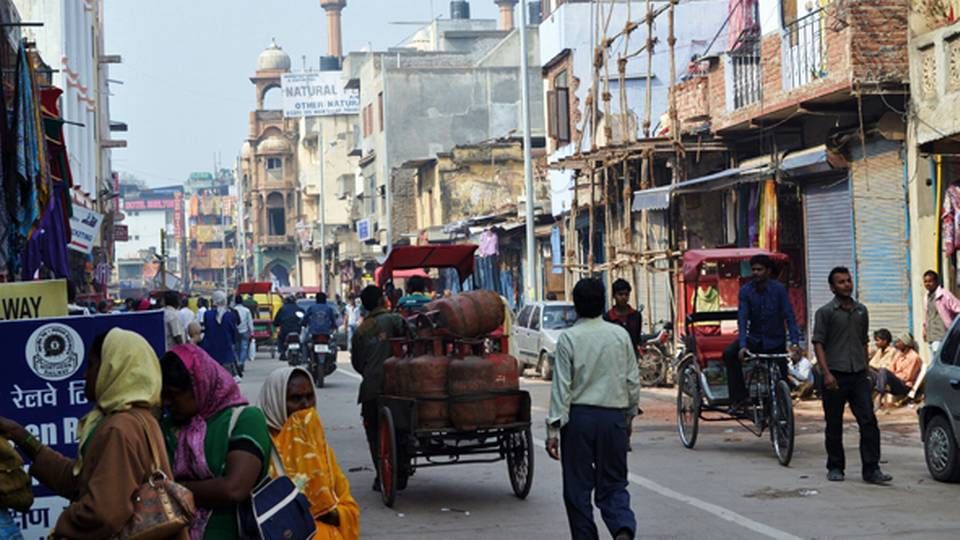
US pharma outfit Eli Lilly is introducing a new pricing system in India in which the company will give discounts on certain drugs based on how much the patient earns. After the drug has been prescribed to the patient, an independent agency will examine the patient’s personal information, including his or her income level.
Although the price model gives an economic benefit to the base of the caste society, it is not a scheme that Novo Nordisk is looking at. Not because the company does not wish to ensure that its medicine reaches the less fortunate member of society, but because the prices on human insulin are as low as they can get, explains Mike Rulis, head of communications in Novo Nordisk.
“We are in fierce competition with insulin manufacturers in India. The very fact that prices are so low on these products makes it irrelevant to talk about a differentiated price model here,” he tells Medwatch.
Low prices
Novo Nordisk markets two generations of diabetes medicine in India: modern insulins and human insulins.
“The modern insulins, now also Tresiba, are sold on the private market to the people who can afford them; a lot of people can and they really want the best products.”
But the bulk of the sales volume in India and other developing countries comes from human insulin. It is partly produced locally and Novo Nordisk has collaborated with Torrent Pharma for years in order to produce the insulin at as low prices as possible. When it comes to hemophilia drugs, the Eli Lilly model has no future in the Novo group either, Mike Rulis believes.
Colliding with Indian patent rules
For now, Eli Lilly has only adopted the price model for osteoporosis drug Forteo, but the group is considering expanding the scheme to include other products. According to Edgard Olaizola, CEO of Eli Lilly’s Indian unit, the group has implemented the model in India to ensure that its products reach as many people as possible in the massive Asian country, Indian newspaper Economic Times reports. According to Drugs.com, Forteo is sold at a price of USD 1,510 for 2.4 ml in the US.
But Indian patent authorities have targeted multinational pharma outfits in recent years with withdrawals and rejections on patents for high-priced drugs – a line that corporations like Novartis, Roche, Bayer AG, Gilead Sciences, Pfizer and Eli Lilly have felt. The multinationals are now forced to find new ways of doing business in India, several analysts have suggested.
Forteo has also had its run-in with authorities back in 2007 when a patent application for the drug was turned down “on grounds of prior knowledge, incremental innovation and failure to establish enhancement of known efficacy”. It is unknown what exactly the status of the patent in the country is at present.
Bulk buying governments
According to Mike Rulis, the world’s drug companies have had many ideas for how to do business in growth economies and developing countries over the years.
“Insulin is characterized by the pricing of the products happening through tender orders, in many of the world’s poorest countries. The health authorities in a certain country offer a tender for, say, the public use of insulin for the next six months. It’s their way of pushing down prices. It’s a winner-takes-it-all principle because the lowest offer wins a quite sizable delivery.”
Novo Nordisk operates with an established price policy in the 49 poorest countries in the world - what the UN defines as LDCs, or Least Developed Countries. In those countries, the price on human insulin cannot exceed 20% of the average price of the same products in Western countries. India is not among the 49 LCDs, however.
In 2010, WHO estimated that two thirds of India’s 1.2 billion people are without basic health insurance and that nearly 60% of healthcare spending in the country comes from the pockets of private individuals.
Novo: Not shying away from conflict
The ten biggest diabetes markets
Novo-VP dreams of subsidiaries in 90 countries
Sanofi launches insulin pen in India
- translated by Martin Havtorn Petersen
Want to receive the latest news from Medwatch straight in your e-mail inbox? Sign up for our free english newsletter below.
Relaterede artikler
Novo: Not shying away from conflict
For abonnenter
The ten biggest diabetes markets
For abonnenter
Novo-VP dreams of subsidiaries in 90 countries
For abonnenter

